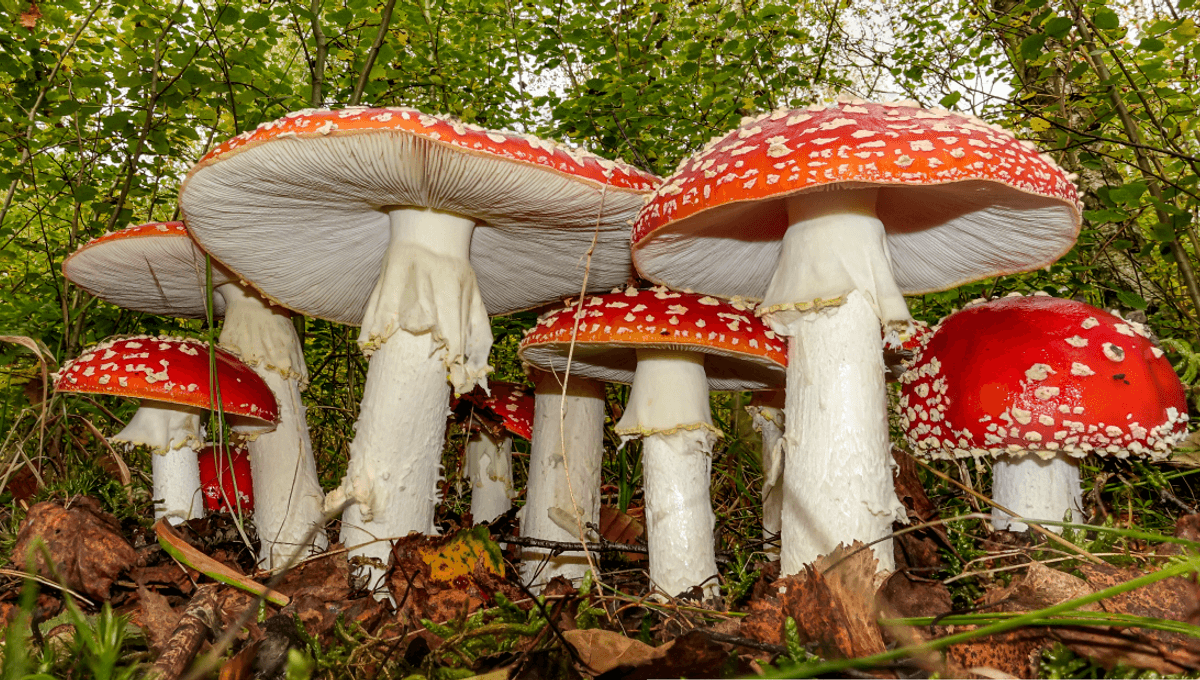
California is about to be hit by a mushroom superbloom (step aside, poppies) as the heaviest rains of the region’s winter get fungi feeling frisky. Soon, the Golden State will be the Moldy State, as the fruiting bodies of many fungi species push through the dirt following heavy showers brought on by atmospheric rivers.
Hikers will find their usual haunts populated with a glut of rare and abundant mushrooms, which as ever comes with the warning that it pays to lean on experience when identifying which fungi can be eaten. However, mycology experts ask that the unusual bloom not be treated like an all-you-can-forage buffet.
“They’re not there for you to pick and consume and appreciate. They have their own existence. They’re their own organisms, and you need to respect that they are an important part of this ecosystem,” program director and vice president of the Los Angeles Mycological Society Stu Pickell told KCRW, who has already seen species that have not been spotted in Southern California before.
Observations of fungi are reportedly up three-fold across parts of the US state, serving as a reminder of the secret life of fungus. California’s many species of fungi are present throughout the year, even if we can’t see them. Living underground, their vast networks wait for the right conditions before sending their fruiting bodies top-side. Namely, the arrival of a butt-load of rain.
And a butt-load is what the skies in recent times have provided, with Smithsonian Magazine reporting precipitation of around 30 trillion gallons (which is over 45 million Olympic swimming pools) in recent months from a string of atmospheric rivers. Once an obscure meteorological term, atmospheric rivers appear to be becoming more frequent in recent times, possibly due to climate change.
Atmospheric rivers are slender, transient columns of condensed water vapor that travel in the atmosphere – “like rivers in the sky,” before dumping their load on the ground. It’s suspected flash floods that recently killed hikers in Buckskin Gulch, Utah, may have been brought on by an atmospheric river.
The deluge of rain can be dangerous for many mammals, but for fungi the influx of moisture is prime mushroom growing time. That such extremes are required to see swathes of mushroom is part of the driving force behind their value among chefs, as obtaining samples of certain species can be difficult outside of supershroom season.
However, since National Geographic reports that some “safe to eat species” look dangerously similar to toxic ones (we’re looking at you, Amanita genus), why not make this mushbloom season a feast for the eyes instead? If The Last Of Us taught us anything, it’s that you don’t feud with the fungi.
Source Link: California's About To Get Hit By A Supershroom